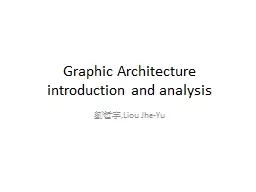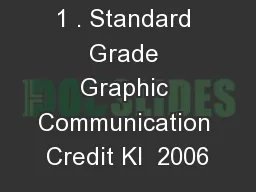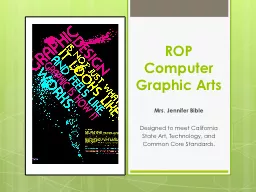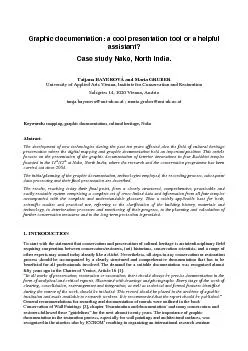PPT-Graphic Architecture introduction and analysis
Author : sherrill-nordquist | Published Date : 2017-01-17
劉哲宇 Liou Jhe Yu Outline GPU Architecture history Taxonomies for Parallel Rendering Tilebased rendering Fixed function pipeline Separated shader architecture
Presentation Embed Code
Download Presentation
Download Presentation The PPT/PDF document "Graphic Architecture introduction and an..." is the property of its rightful owner. Permission is granted to download and print the materials on this website for personal, non-commercial use only, and to display it on your personal computer provided you do not modify the materials and that you retain all copyright notices contained in the materials. By downloading content from our website, you accept the terms of this agreement.
Graphic Architecture introduction and analysis: Transcript
Download Rules Of Document
"Graphic Architecture introduction and analysis"The content belongs to its owner. You may download and print it for personal use, without modification, and keep all copyright notices. By downloading, you agree to these terms.
Related Documents














